Electrostatic discharge (ESD) meaning in manufacturing
Producing and assembling printed circuit boards (PCBs) and other electronic components demands an environment meticulously safeguarded against electrostatic discharges (ESD). ESD, an invisible yet pervasive threat, can compromise the integrity of sensitive electronic components, leading to product failures and financial losses. Ensuring the manufacturing process is ESD-safe is paramount to maintaining product quality and reliability.
In a manufacturing environment, ESD can be caused by several factors, including the movement of personnel, handling of materials, and the presence of insulative surfaces. For instance, a worker walking across a carpet can accumulate thousands of volts of static electricity. When that worker touches an electronic component, the accumulated static charge can discharge instantaneously, potentially destroying the component.
When partnering with a new manufacturing company, verifying that they implement stringent ESD control measures throughout their production environment is essential. But before delving into these safety protocols, it’s important to understand what ESD is and how it impacts the manufacturing process.
The basics: What is ESD damage and how does it occur?
Electrostatic Discharge (ESD) is the sudden flow of electricity between two electrically charged objects caused by contact, an electrical short, or dielectric breakdown. An ESD event occurs when there is an imbalance of electrons between objects, resulting in an electric current being discharged between them and creating an electromagnetic buildup. Static electricity and electrostatic induction are the primary causes of ESD.
An everyday example of electrostatic discharge is when you slide your feet on a carpet. The friction between the surfaces generates an electrostatic charge. When you subsequently touch a conductive object, such as a metal doorknob, the built-up static electricity discharges, often felt as a small shock or seen as a spark.
In manufacturing, particularly in the production of electronic devices, ESD is a critical concern. Electronic components and assemblies are highly sensitive to electrostatic discharges, which can occur during various stages of production, handling, and shipping. An ESD event can damage these components by creating a high-voltage pulse that the delicate circuitry cannot withstand. This type of damage, known as ESD damage, often remains undetected until the final product fails to perform correctly, leading to costly repairs, replacements, and a tarnished reputation.
Why ESD discharges are dangerous to electronic components?
ESD, or Electrostatic Discharge, poses a significant threat to electronic components. Sensitive components like microchips can be irreparably damaged or even destroyed when ESD events occur. This kind of damage not only leads to expensive repairs but can also result in the complete failure of electronic equipment.
One of the most insidious aspects of ESD damage is its latent effect. A component might sustain damage from an ESD event but continue to function seemingly normally, only to fail later. This delayed failure can cause unexpected malfunctions, data loss, and potentially serious safety risks. Such latent damage can be particularly challenging to diagnose and rectify, further emphasizing the importance of proactive electrostatic discharge protection.
ESD protection measures: how to avoid ESD in electronics manufacturing
Preventing Electrostatic Discharge (ESD) is paramount to ensuring the integrity of sensitive components. Properly preparing the entire production area is essential to thwarting ESD discharges and maintaining an ESD-safe environment.
One fundamental aspect of ESD protection is grounding. Floors must be appropriately grounded to create an environment conducive to preventing ESD. Additionally, electronic equipment should be stored in special packaging marked with ESD indicators to avoid damage.
Handling of components should occur exclusively in ESD Protected Areas (EPAs), where electrostatic fields and voltages are meticulously controlled. The ESD Protected Area ranging from individual workstations to entire production halls, plays a pivotal role in electrostatic discharge protection and must be clearly marked. Equipping workstations with antistatic materials is crucial in these areas to dissipate ESD effectively.
Personnel within EPAs must also adhere to strict grounding measures. This necessitates the use of ESD wristbands or ankle bands, specialized protective footwear, and antistatic lab coats. Regular ESD testing of grounding ensures the maintenance of an ESD-safe workspace.
Additionally, the use of ESD protective clothing, such as conductive shoes, wrist straps, and garments, is vital. Designing electrically conductive equipment and employing antistatic mats and conductive packaging further contribute to ESD prevention.
ESD-safe flooring is also critical. Anti-static materials like static dissipative tiles (SDT) replace carpeting to prevent ESD releases. These tiles typically consist of multiple layers, including a base layer with a static dissipative adhesive, conductive metal layers, conductive plastic layers, and anti-static acrylic floor polish. Conductive carbon fibers in flooring mats further disperse electrical charges.
Implementing these ESD protection measures not only reduces the risk of workplace injuries but also maintains production efficiency without inflating costs. By adhering to ESD-safety best practices, electronics manufacturers uphold product quality and reliability while safeguarding against the detrimental effects of ESD.
ESD testing and certification
ESD testing and certification are integral components of ensuring the efficacy of protective measures in electronics manufacturing. Conducting thorough testing involves assessing the functionality of workstations and equipment to identify vulnerabilities and minimize the risk of ESD events. This process also encompasses providing comprehensive training to employees on proper ESD protection procedures, promoting awareness and adherence to industry standards.
ESD certification serves as formal validation that a workstation meets the requisite standards for ESD protection. Attaining certification underscores compliance with rigorous guidelines and demonstrates a commitment to upholding manufacturing excellence. By obtaining ESD certification, manufacturers instill confidence in customers and stakeholders regarding the reliability and durability of electronic devices produced within certified facilities.
Collaborate with VECTOR BLUE HUB for Advanced Quality Management
To consistently enhance our Quality Management System and, consequently, not only fulfill your expectations as our valued customer but primarily establish a partnership, we are certified to ensure stringent standards in managing electrostatic charging and preventing ESD events.
At VECTOR BLUE HUB, we prioritize our dedication to excellence, ensuring that our facilities adhere to rigorous standards to mitigate the risk of ESD occurrences. Partnering with us assures a dependable and trusted ally in upholding the integrity of your electronic manufacturing processes.





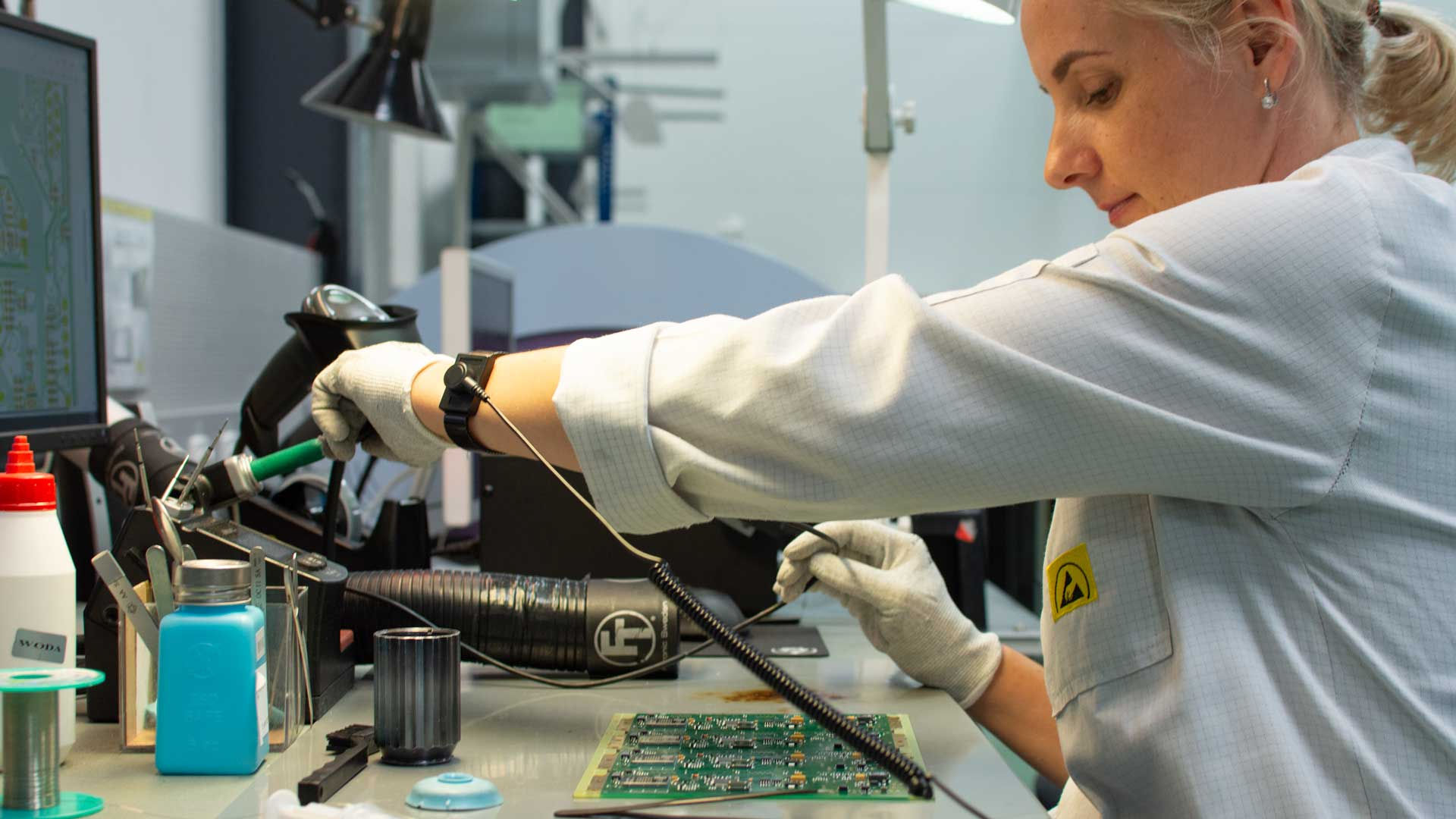
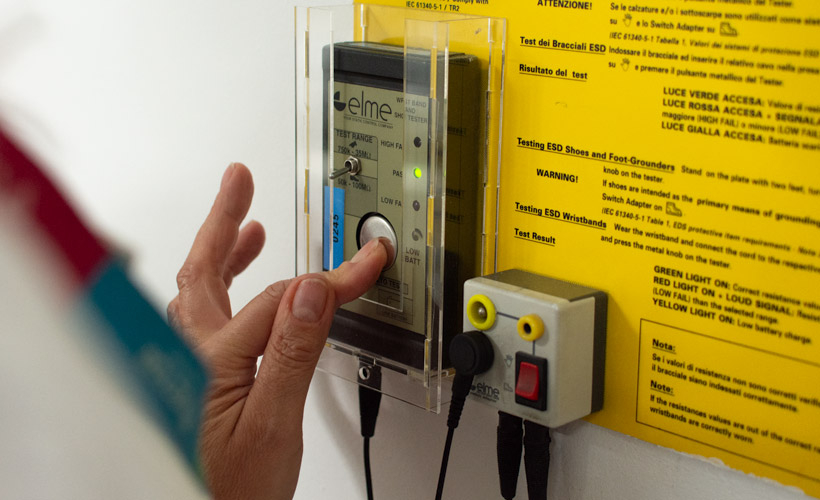
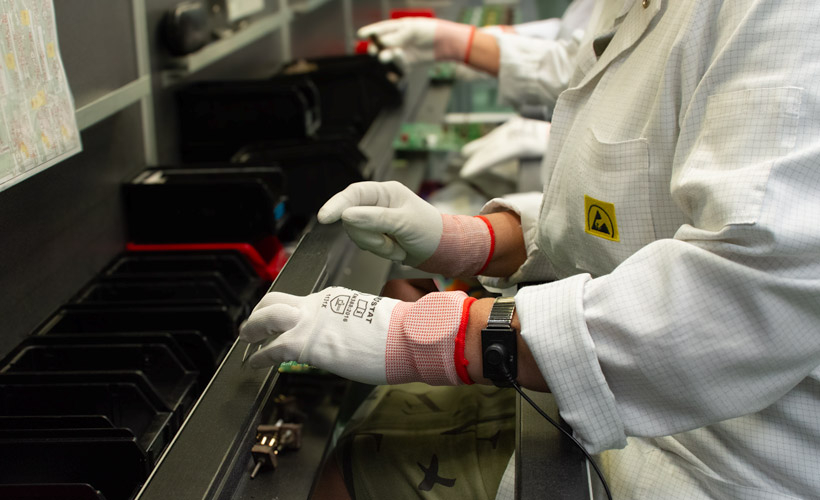




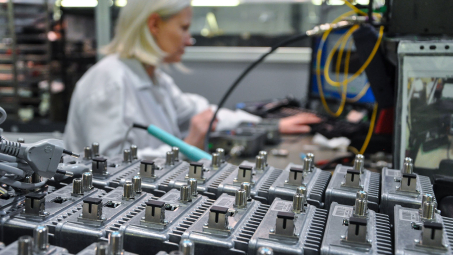
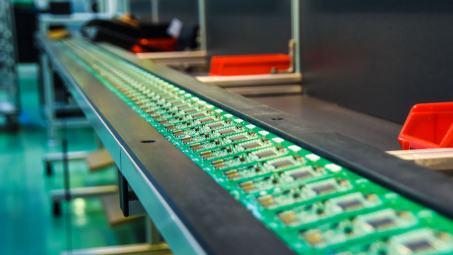

Jarosław Krzyżanowski
Jarosław has over fifteen years of experience in electronics manufacturing processes (SMT, THT, AOI, X-RAY, SOLDER WAVE, SELECTIVE, ASSEMBLY). As Process Leader, he ensures an appropriate level of skill in the manufacturing staff, work standards, processes, the appropriate workplace infrastructure, tools and the best use of technological solutions. He gets the most satisfaction out of teamwork. He also likes to look for out-of-the-box innovative solutions our customers require. Music is Jarek’s greatest passion; he also loves family walks and DIY.